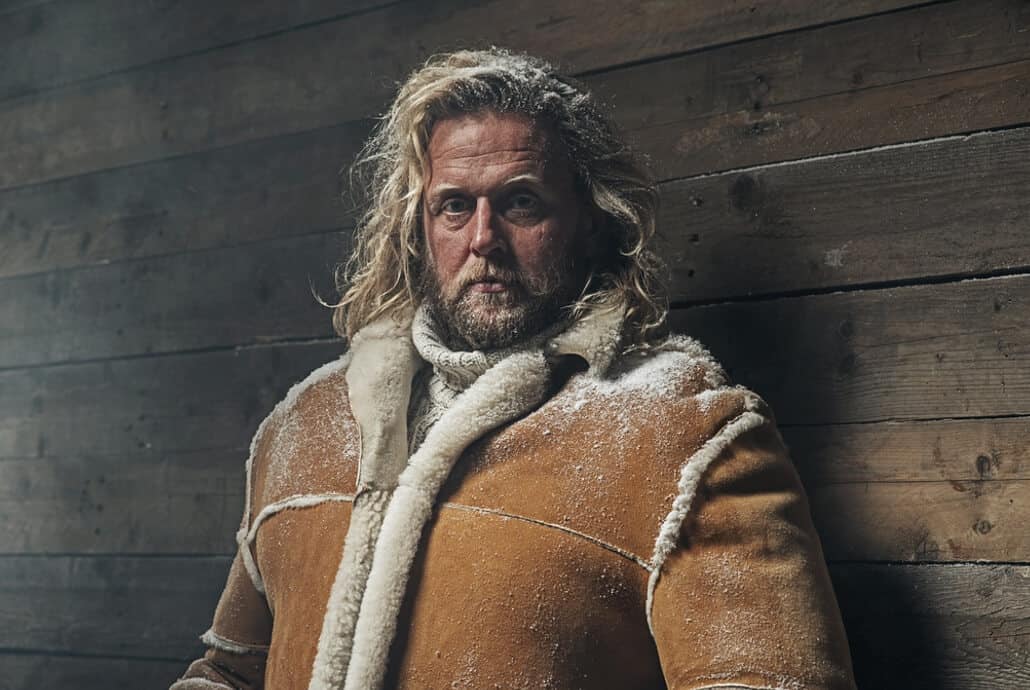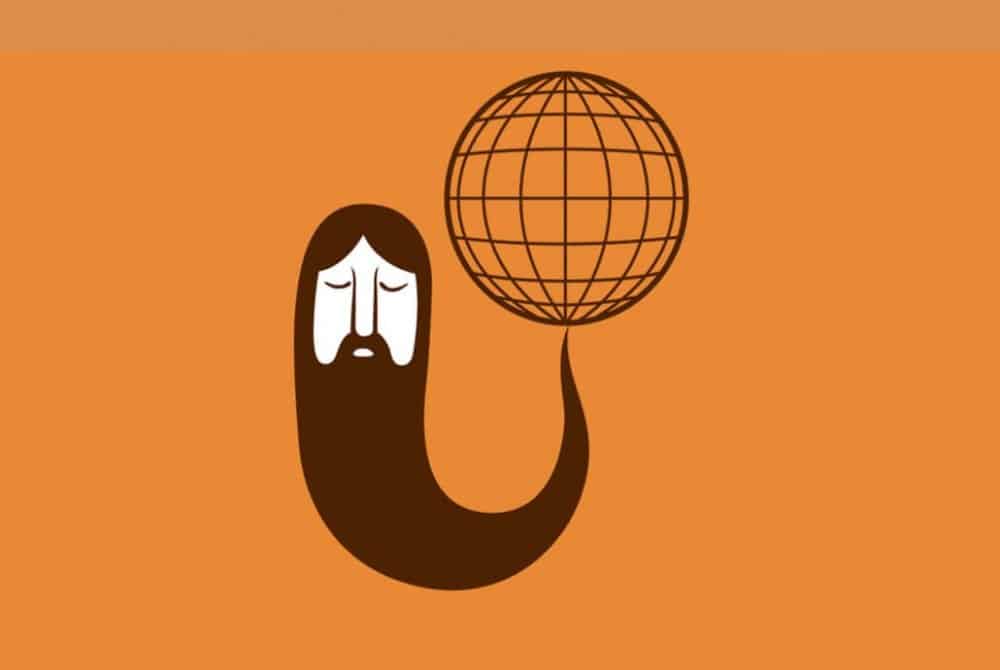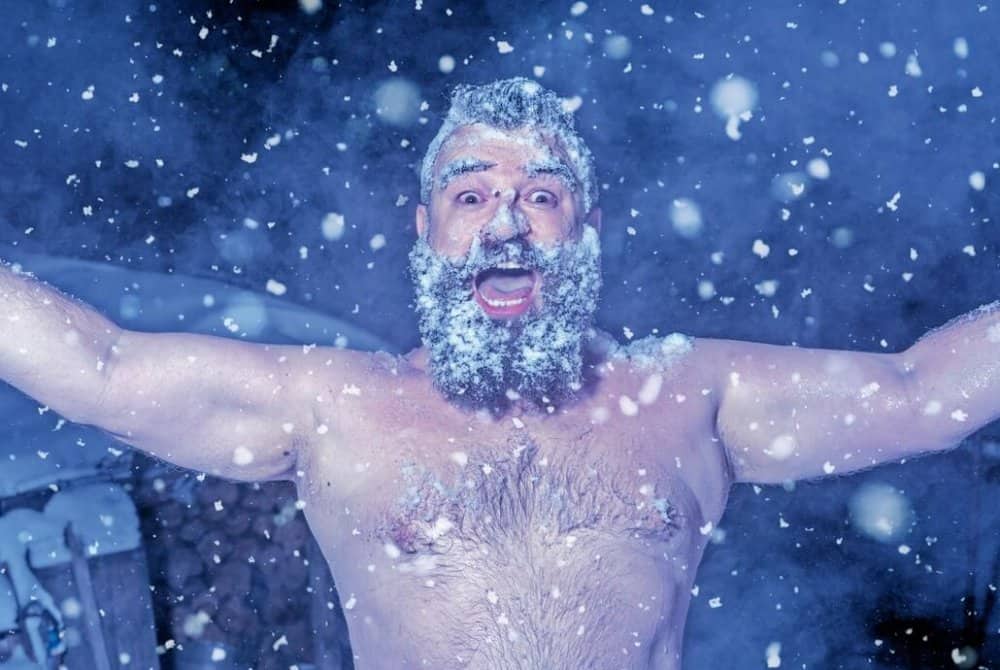
Viking beard styles
Many viking beards have been inspired by the TV series Vikings. The rough, bearded characters appearing in it are, for example, Jarl Borg and Leif. Even though the characters are fictitious, real ingredients from history have been taken into the beards: the shape and style of the beard.
The Viking warrior Egil Skallagrimsson is another famous example of a bearded, fictional legend.
Even though only every 33rd man in the world is even indirectly a Viking heir, that doesn't mean you can't look the same! With good tools and know-how, you can create a rugged, northern men's style for yourself.
A little history about the Vikings
It is not certain why Viking influences increased, but their popularity in our culture is growing.
Around the 8th-12th centuries, Vikings wandered into Eastern and Western Europe.
Martial skills, advanced ships and a strong character characterized this tribe. As said, men were also known for their beards and hair.
So what did the Vikings look like?
In fact, both women and men were surprisingly hygienic.
Even though the image of a Viking is a dirty, big and rotting man, this is not one hundred percent true. Although the Vikings did not wash daily, of course, they took care of their hygiene; from their skin and hair. The Vikings were actually shorter on average than men are now in the Nordic countries. This was due to a lack of nutrition and medication.
Based on findings from Viking burial sites, they used, for example, toothpicks, combs, tweezers and washing tools. The Vikings were quite possibly a more hygienic people than their contemporaries in the British Isles.
Combs were basic items that the Vikings carried wherever they went. They were made of bone and were used for both hair and beards. At the same time, they were used to clean hair and beard from dirt, insects or more stubborn dirt.
Most Viking men had beards. However, they didn't have to be big or unkempt. Men's hair was long, and it was groomed in a conservative style.
The Vikings had very neat beards and hair. Men had long bangs, their hair was shorter or tied at the nape of the neck.
Battle braids were commonly used. Beards and hair were plaited under the helmets to keep them out of the face, where they would have interfered with the action.

Many Viking beard styles
This depends a lot on what you personally prefer. Especially the length can vary a lot. Although the style varies, a beard can be very stylish.
Today's popular beard styles vary from season to season. But believe it or not, this was also the case in the Viking Age!
Some Vikings even went so far as to grow full beards, “mutton leg beards” or long, curly moustaches.
If you've had a great beard before, you may very well have been compared to Vikings with a smile on your face.
One of the most important features of the warrior beard was the famous long beard styles of the fighters.
Braided beard
One of the most popular models is the braided beard.
When your beard is at least five centimeters long, you can start following the Viking example of pigtails, which symbolize strength and masculinity. Braided models can also contain other materials than just beard hair.
The plaited beards of the Vikings often also contained strings of pearls or beard rings, with which loose hair and hairs could be stretched. Of course, the need for the former depended on the size of the beard, which can be varied freely. You can grow a beard, mustache and sideburns or just one of these, depending on how they grow and fit. Creativity is limited only by beard growth, if even that!
Warrior model
Growing a healthy, full beard takes a little dedication. Such a beard must be strong enough for braiding. If you want to properly style your beard, it must continue from the chin all the way to the chest.
The beard must still be kept neat and well-groomed.
Basic tips for keeping a braided, long beard healthy and strong:
Shape the beard lightly, but strongly around the cheeks. This is because the lower jaw is the body of the beard. It must be longer and stronger. Therefore, trim the cheeks the most.
Avoid trimming your beard with too strong lines.
Grow lower jaw hair along natural lines. Then shape the beard as you see fit.
Shaping and trimming the beard is important
Grooming your beard may seem like a no-brainer. However, consider that shaving is very important regardless of how long your beard is growing.
Long beards in particular must be shaped and trimmed regularly to keep your beard neat and even.

A long beard should not be styled while wet. It can produce an unpleasant surprise when the beard dries.
Despite this, some people consider the beard styling to be wet. However, make sure what you are doing then. By investing in a high-quality beard care set, you will be more successful with Takuu than without such.
How to braid a viking beard
Braiding may sound tricky, but it doesn't have to be. Why should only hair be braided?
You need a beard that is at least five centimeters long to be able to braid it.
Making the most common plaited pattern
1 : Separate your beard into three equal-sized sections with a beard comb.
2 : Arrange three sections of equal size vertically and parallel to each other. The left bundle is lifted on top of the middle one. Lift the sections alternately on top of each other, but so that the line remains straight.
3 : Place the rightmost part of the beard in the middle.
4 : Continue placing the beard from right and left to the center until the braid is the desired length. Do not braid too tightly, as it can tangle or otherwise damage the beard.
5 : Finally, pinch the end of the braid and fix it by waxing the tip appropriately. This makes threading viking beads on the beard easier.
Make sure that the Viking beads are the right size and shape for your beard. They are available in different varieties for beards of different thicknesses and lengths.
Pearls are commonly used to accentuate Viking beards. Try beads - and you're ready to dive into the world of Viking beards!
If your beard grows easily at all, you are already luckier than many other guys. The opportunity to grow a beard also increases the opportunity to try out the latest, popular styles. Viikinkiskene has made a strong comeback in recent years. Now, if ever it's worth trying, what your beard can bend.




